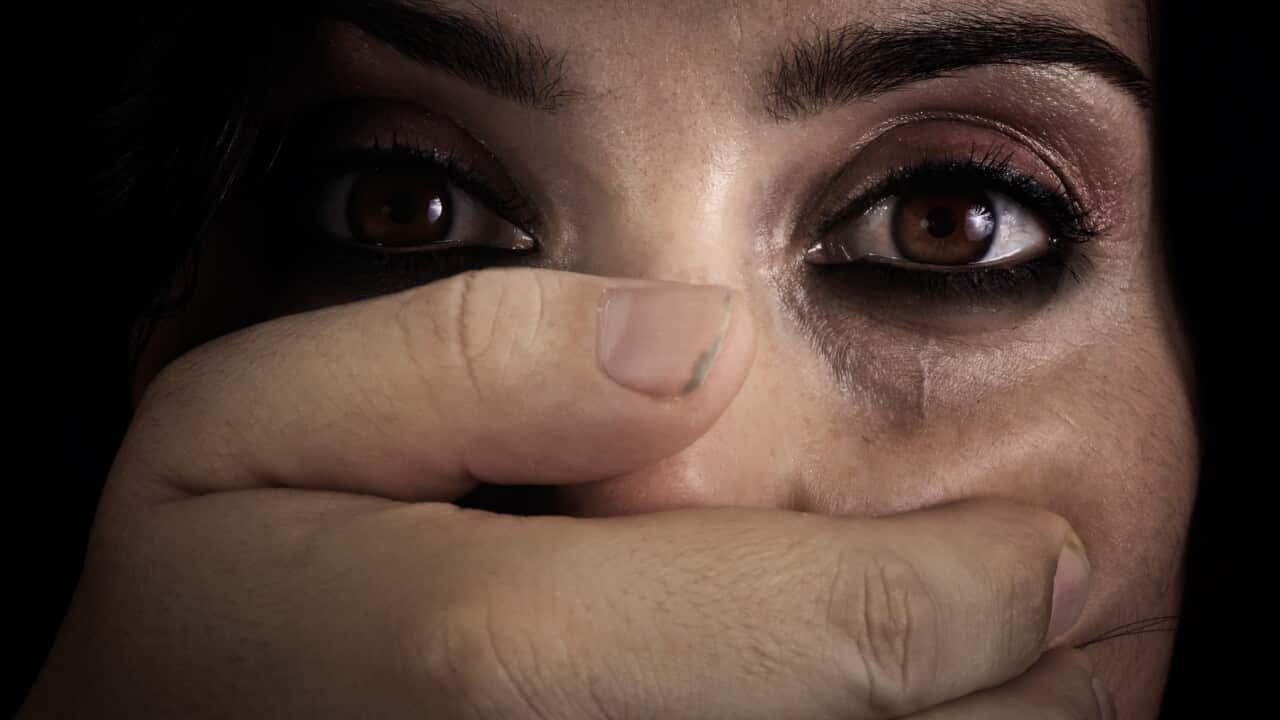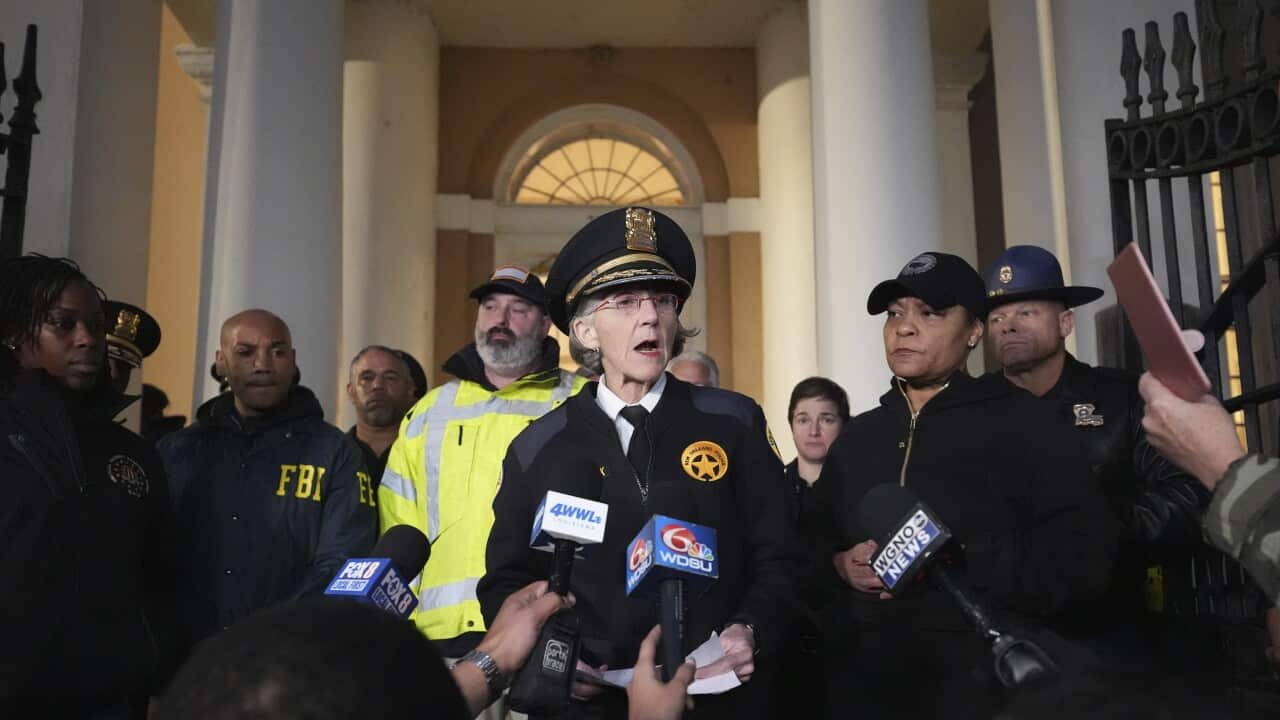English
Today, Australia has thousands of standards that cover almost every aspect of life, from food and flushable wipes to sunscreen and scaffolding.
For the past 100 years, Standards Australia has been at the forefront of the response to some of our nation’s most tragic events, and the construction of iconic projects.
And it predicts 4,000 new standards will be required in the next decade to ensure a safe, productive and sustainable future.
But what are standards, and how do they work?
Standards Australia CEO Adrian O'Connell says the first standards in Australia were created in 1922.
"Put simply standards are documents that set out guidelines that aim to ensure products, services and systems are safe, consistent and reliable. Since the first Australian standard in 1922, which guided the types of materials used in the construction of the Sydney Harbour Bridge, 1000s of standards have been implemented covering products and industries as diverse as tennis court lighting, ballpoint pens and renewable energy. Today, Australia has 1000s of standards that cover almost every aspect of our lives, keeping workers and citizens safe and ensuring a more productive and sustainable economy."
He says standards must adapt to things like changes in climate and the economy.
"We predict we're going to need 4000 new standards in the next decade to safeguard our way of life. Some examples of where standards have been developed include responding to climate change, ensuring a safe and secure digital economy and fast tracking Australia's transition to alternative energy sources such as hydrogen, wind and solar standards."
He says Standards Australia is also working with other standards organisations around the world to develop international standards.
Kareen Riley-Takos, General Manager of Operations at Standards Australia, says the organisation has produced standards for some of Australia's most famous monuments.
"Essentially everything that touches our lives has a standard underpinning it, whether it's the beds that we sleep (in) or the sports that we play, there are so many and, as part of the centenary, we released an iconic nation report where we actually talk about how standards have supported many of the icons within this nation. So the first ever standard produced was for the Harbour Bridge back in 1922. Which was to support the bolts that were going to hold the bridge together and here we have the bridge still here. Another icon for Australia."
Adam Stingemore is the organisation's General Manager of Engagement and Communications.
He says many Australian citizens don't think about standards.
Many are only recommended and not reinforced by the law.
But he encourages consumers to consider buying products which meet Australian standards, for their own good and the good of the community.
"So we've done a bit of research on perceptions of standards in Australia from ordinary citizens. And while everyone in Australia expects that there's a standard, keeping them safe, almost every day, they don't know where they've come from. So our expectation isn't that every Australian will understand the details of every standard but it would be good if when people are buying or building or thinking of new products or things in their own everyday lives, that they think about getting a product or a building that meets the Australian standards."
Mr Stingemore says Australian standards have had to adapt to changes in weather patterns caused by climate change, particularly towards increased flood and bushfire risks.
"So that the amount of the amount of water that falls in a rainstorm is changing. The size and the density of hail and where we're getting big hail storms, the bushfire risk that exists in every state in Australia is changing. So what we're doing is working with governments and industry to make sure that the standards that we have, that the planning controls that we have, are not only fit for the environment in which we live today, but the environment that we're expecting tomorrow."
Italian
Oggigiorno, l’Australia ha migliaia di standard che regolano praticamente ogni aspetto della vita, dal cibo alle salviette riciclabili fino alle creme solari e i ponteggi.
Negli ultimi 100 anni, Standards Australia è stato in prima linea nella risposta ad alcuni degli eventi più tragici della nostra nazione, ed alla costruzione di progetti iconici.
E si prevede che 4,000 nuovi standard saranno necessari nel prossimo decennio per assicurare un futuro sicuro, produttivo e sostenibile.
Ma cosa sono gli standard, e come funzionano?
L’amministratore delegato di Standards Australia Adrian O'Connell ha detto che i primi standard in Australia furono creati nel 1922.
"Put simply standards are documents that set out guidelines that aim to ensure products, services and systems are safe, consistent and reliable. Since the first Australian standard in 1922, which guided the types of materials used in the construction of the Sydney Harbour Bridge, 1000s of standards have been implemented covering products and industries as diverse as tennis court lighting, ballpoint pens and renewable energy. Today, Australia has 1000s of standards that cover almost every aspect of our lives, keeping workers and citizens safe and ensuring a more productive and sustainable economy."
O’Connell ha detto che gli standard devono adattarsi a cose come i cambiamenti nel clima e nell’economia.
"We predict we're going to need 4000 new standards in the next decade to safeguard our way of life. Some examples of where standards have been developed include responding to climate change, ensuring a safe and secure digital economy and fast tracking Australia's transition to alternative energy sources such as hydrogen, wind and solar standards."
O’Connell ha detto che Standards Australia sta anche lavorando con altre organizzazioni che si occupano di standard nel resto del mondo per sviluppare standard internazionali.
Kareen Riley-Takos, direttrice operativa generale di Standards Australia, ha detto che l’organizzazione ha prodotto standard per i monumenti australiani più famosi.
"Essentially everything that touches our lives has a standard underpinning it, whether it's the beds that we sleep (in) or the sports that we play, there are so many and, as part of the centenary, we released an iconic nation report where we actually talk about how standards have supported many of the icons within this nation. So the first ever standard produced was for the Harbour Bridge back in 1922. Which was to support the bolts that were going to hold the bridge together and here we have the bridge still here. Another icon for Australia."
Adam Stingemore è il Direttore Generale del coinvolgimento e della comunicazione di Standard Australia.
Stingemore ha detto che molti cittadini australiani non pensano agli standard.
Molti sono solo consigliati, e non imposti dalla legge.
Ma Stingemore incoraggia i consumatori a considerare l’idea di comprare prodotti che rispettano gli standard australiani, per il bene loro e della comunità.
"So we've done a bit of research on perceptions of standards in Australia from ordinary citizens. And while everyone in Australia expects that there's a standard, keeping them safe, almost every day, they don't know where they've come from. So our expectation isn't that every Australian will understand the details of every standard but it would be good if when people are buying or building or thinking of new products or things in their own everyday lives, that they think about getting a product or a building that meets the Australian standards."
Il signor Stingemore ha detto che gli standard australiani hanno dovuto adattarsi ai cambiamenti metereologici causati dal cambiamento climatico, in particolare riguardo alle alluvioni più frequenti e rischi di incendi.
"So that the amount of the amount of water that falls in a rainstorm is changing. The size and the density of hail and where we're getting big hail storms, the bushfire risk that exists in every state in Australia is changing. So what we're doing is working with governments and industry to make sure that the standards that we have, that the planning controls that we have, are not only fit for the environment in which we live today, but the environment that we're expecting tomorrow."
Report by Tom Canetti for SBS News.
Ascolta tutti i giorni, dalle 8am alle 10am. Seguici su , e o abbonati ai nostri podcast cliccando .




